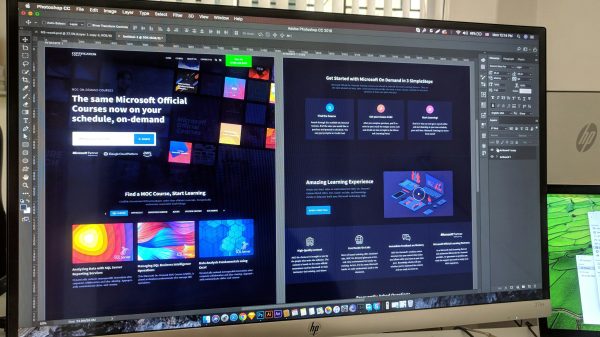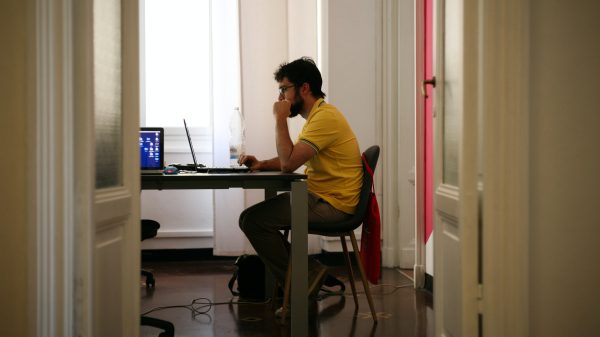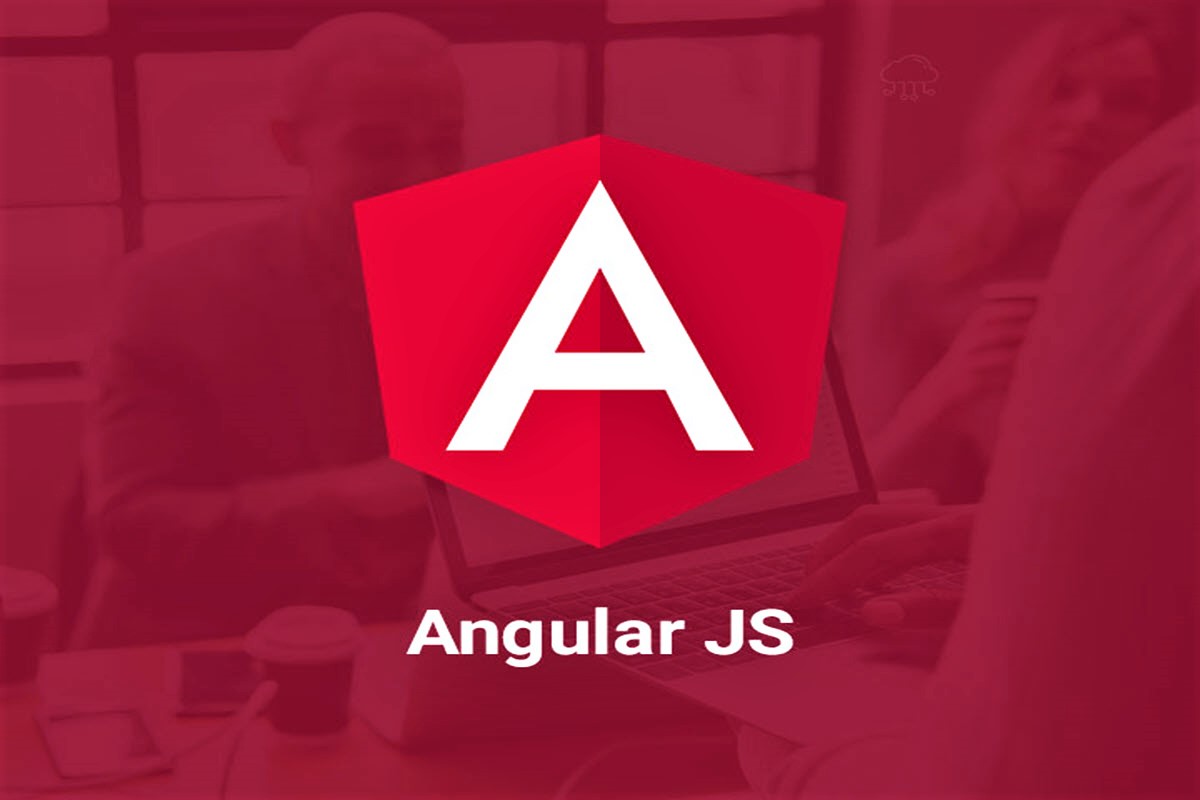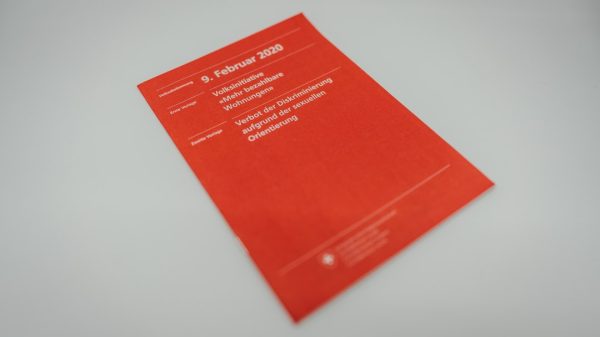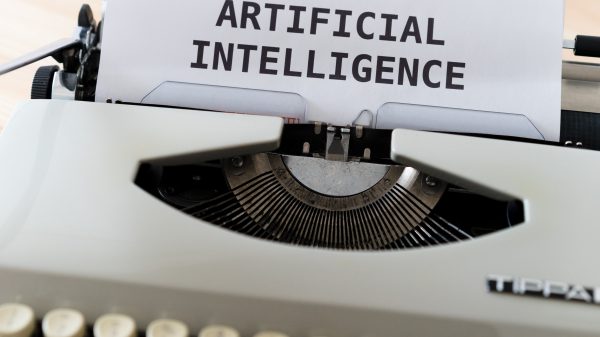In recent years, Arabic-speaking communities have witnessed a surge of interest in programming and technology. With a deep sense of cultural identity and an eagerness to contribute to the global tech ecosystem, Arabic-speaking developers—from Morocco to Jordan, Egypt to Saudi Arabia—have been engaging in unique and ambitious coding experiments. As grassroots initiatives take root, the broader Arabic tech community is beginning to realize the remarkable potential of community-driven projects to foster innovation, inclusivity, and digital independence.
The Rise of Arabic Coding Communities
The growth of the internet and access to learning platforms has democratically opened the world of coding to Arabic speakers. Platforms like Coursera, Udemy, and freeCodeCamp now offer Arabic content or subtitles, making entry into programming more accessible than ever before. But while learning how to code is one challenge, building real-world applications—especially ones rooted in local language and culture—is another.
Arabic coding experiments started appearing as small initiatives on GitHub and social media. Over time, these developed into full-fledged projects that not only served a technical purpose but also celebrated the identity and linguistic diversity of the Arab world. From language processing tools to culturally-aware mobile applications, these community projects hold immense promise.
Notable Community-Led Projects
Several high-impact projects have emerged from the Arab world, each varying in scope, complexity, and objective. Below are some that have made a measurable impact on the web and software development landscape in the region:
- SARAB – An open-source Arabic NLP library that enables developers to integrate functionalities like sentiment analysis, text summarization, and topic modeling specifically for Arabic text.
- QuranGPT – Inspired by language model frameworks, this chatbot provides responses based on Quranic references and Islamic teachings. It’s community-maintained and promotes educational use.
- Harf Code – A collective focusing on delivering Arabic text rendering improvements across platforms. The team collaborates to fix various Unicode rendering issues in Arabic script.

Many other projects range from open datasets in Arabic to identity-focused social platforms. These are often developed in hackathons or through virtual collaboration groups on platforms like Discord, Slack, and Telegram.
The Role of Online Platforms and Collaboration
In creating community-based initiatives, online collaboration has played a crucial role. GitHub has become a central point for sharing code, reviewing pull requests, and tracking issues. What was once a tool mostly used by English-speaking developers is now being localized and adopted more comfortably by Arabic speakers thanks to community-led translation efforts and inclusive project documentation.
Social media platforms, particularly Twitter and LinkedIn, nurture vibrant conversations between developers. Hashtags like #arabicdevs, #برمجة (programming), and #تطوير_الويب (web development) are increasingly used to connect and showcase achievements.
Challenges in Arabic Coding Projects
Despite promising growth, there are numerous challenges facing the implementation and scaling of Arabic-coded community software:
- Linguistic Complexity: Arabic’s morphological richness and script variations create unique difficulties in building effective language processing tools.
- Lack of Localization Support: Many programming languages, IDEs, and libraries are not designed with Arabic or RTL (Right-to-Left) support, making software development less intuitive.
- Financial Backing: While enthusiasm abounds, sustained projects often require financial support—a resource that is not always readily available within open-source communities in the Arab world.
However, international collaborations, grants from non-profit tech organizations, and support from tech-savvy governments like those of the UAE and Saudi Arabia are gradually helping to offset some of these obstacles.

Success Stories
Several projects have gone from concept to deployment because of strong community participation. One such example is Lughaty, a Moroccan initiative that aims to bring native language learning solutions using gamified apps. Built entirely by volunteers, Lughaty now counts thousands of downloads and is used in various primary schools.
Another success is the Jordanian CodeBites Collective, which organizes regular online sessions to teach and pair-program with younger developers. CodeBites has an extensive archive of translated tutorials and is a regional role model for sustained community engagement in software education.
The Future of Arabic Software Innovation
Looking ahead, the combination of rising interest in artificial intelligence, natural language processing, and blockchain technologies in the Arab world signals a promising future. Community projects will continue to act as incubators for creative solutions to both local and global problems.
The increasing prevalence of Arabic in software not only benefits native speakers but enriches the global coding community with diverse perspectives and problem-solving methods. Initiatives that began as humble coding experiments may very well influence wider trends in multilingual and multicultural technology development.
In essence, Arabic coding experiments embody not just technological aspirations but cultural pride and collective empowerment—a fusion that gives these projects their distinctive impact and potential longevity.

FAQs
-
Q: What is a community coding project?
A community coding project is a software development initiative driven by collective effort, usually open-source and volunteer-based, with contributions from developers of all skill levels. -
Q: How can I contribute to Arabic coding projects?
You can begin by searching Arabic-related repositories on GitHub, joining Arabic dev communities on Telegram or Slack, or participating in local hackathons and forums. -
Q: Is there a barrier to entry due to the Arabic language in these projects?
While some projects use Arabic as the primary language, most have bilingual documentation. Beginners can contribute regardless of language fluency by focusing on code, testing, design, or translations. -
Q: Are these community projects limited to the Middle East?
No, Arabic-speaking developers from across the globe—including North Africa, Europe, and North America—actively participate in these projects. -
Q: What types of technologies are typically used in these projects?
Projects often use popular programming stacks such as JavaScript, Python, Flutter, and Node.js. For NLP-related tools, libraries like spaCy, TensorFlow, and Hugging Face are common. -
Q: How are these projects funded?
Most are community-funded or run voluntarily. Some receive grants from educational institutions, international organizations, or tech startup incubators.





